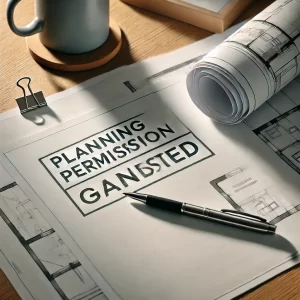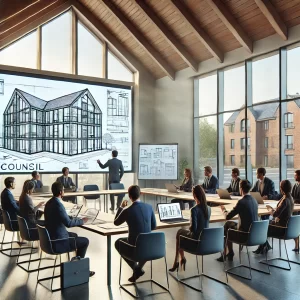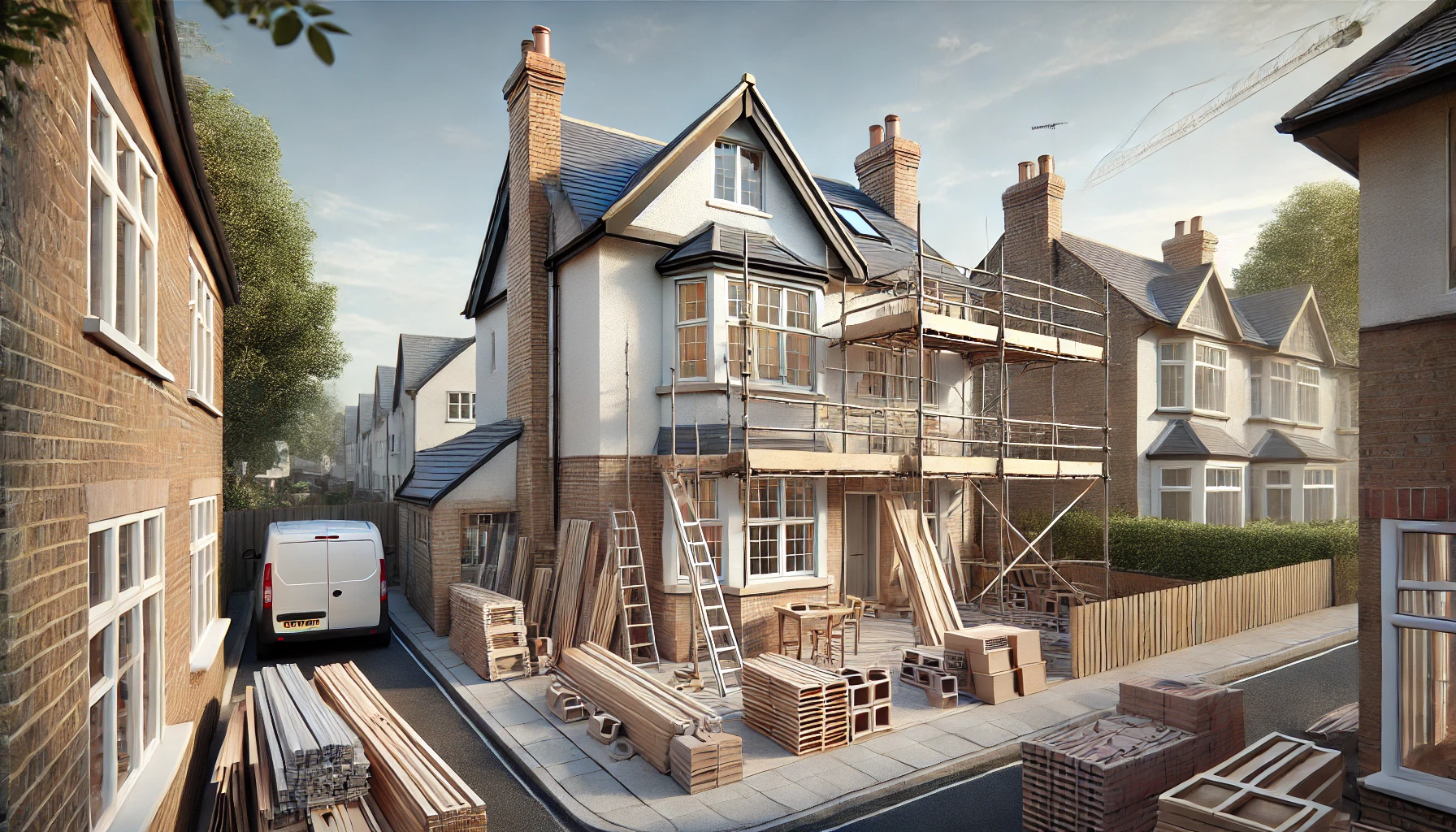🏠 Know the Rules: Permitted Development vs. Planning Permission
When planning a home extension, it’s crucial to understand whether your project falls under permitted development rights or if it requires planning permission. Getting this right saves time, avoids costly mistakes, and keeps your project running smoothly.
At Convert Extend, we guide homeowners in West London and Buckinghamshire through every stage of the extension process, starting with expert advice on local planning rules.
🔍 What is Permitted Development?
Permitted development rights allow homeowners to make certain changes and extensions to their property without needing full planning permission, as long as specific limits and conditions are met.
Typical extensions that may fall under permitted development:
📅 Single-storey rear extensions up to:
- 3m in depth for a terraced or semi-detached home
- 4m in depth for a detached home
🔄 Side extensions up to:
- Half the width of the original house
🏡 Loft conversions, porches, and even some garage conversions may also qualify.
✅ Basic Requirements for Permitted Development:
- The extension must not exceed 4m in height.
- It must not cover more than 50% of the land around the original house.
- Materials should be similar in appearance to the existing property.
- It must not be forward of the principal elevation.
🏛️ When Do You Need Planning Permission?
Even if your project seems straightforward, there are situations where full planning permission will be required. These include:
🔴 Properties in conservation areas or listed buildings 🔴 Wrap-around extensions or multi-storey builds 🔴 Changes to roof height or external materials 🔴 Boundary constraints or neighbour objections
💡 Tip:
Always check with your local planning authority before starting any work. Councils in West London and Buckinghamshire may have additional guidelines or Article 4 Directions restricting permitted development rights.
📑 The Application Process: What to Expect
If your project requires planning permission, here’s a brief overview of what to expect:
- Design Consultation: We help you shape your ideas into a realistic and compliant plan.
- Planning Drawings & Documents: These include site plans, floor plans, elevations, and written statements.
- Submission to Local Council: Most applications are decided within 8 weeks.
- Decision & Feedback: If refused, you can revise or appeal the decision.
🏠 Lawful Development Certificate (LDC): Do You Need One?
Even if your extension qualifies under permitted development, we always recommend applying for a Lawful Development Certificate (LDC). This serves as proof your build was legal at the time and can help prevent issues if you sell the property in future.
🤝 Partner with Convert Extend
We don’t just build home extensions. At Convert Extend, we provide full support on:
- Planning applications
- Building regulations compliance
- Navigating permitted development rules
- Liaising with local authorities
With years of experience across West London and Buckinghamshire, we ensure your extension is completed legally, efficiently, and beautifully.
📲 Get in Touch
Ready to extend your home but unsure where to start? Book a free consultation today, and let’s bring your vision to life — the right way.






